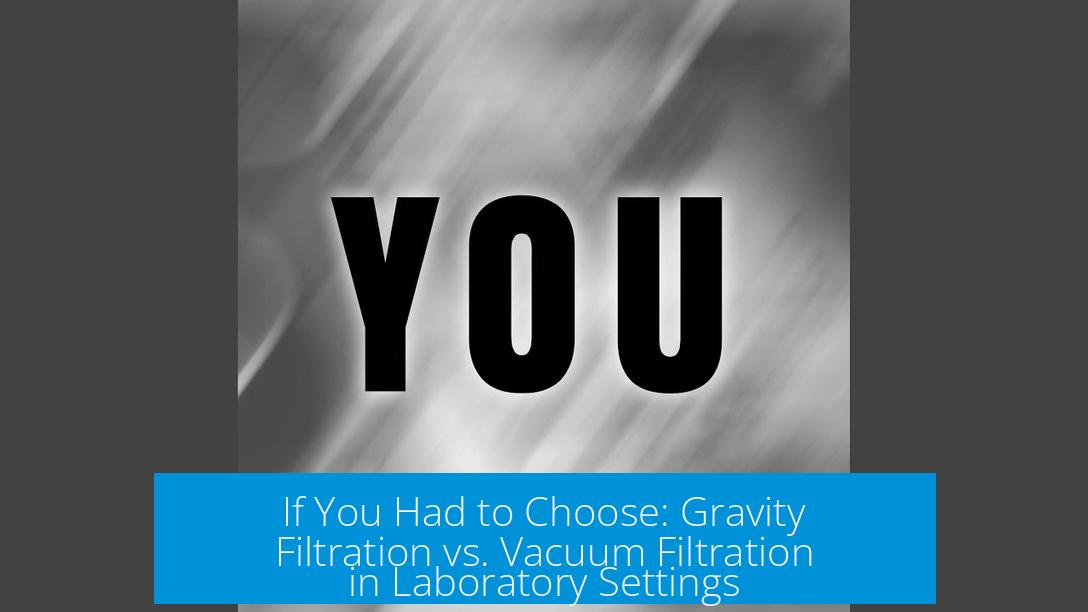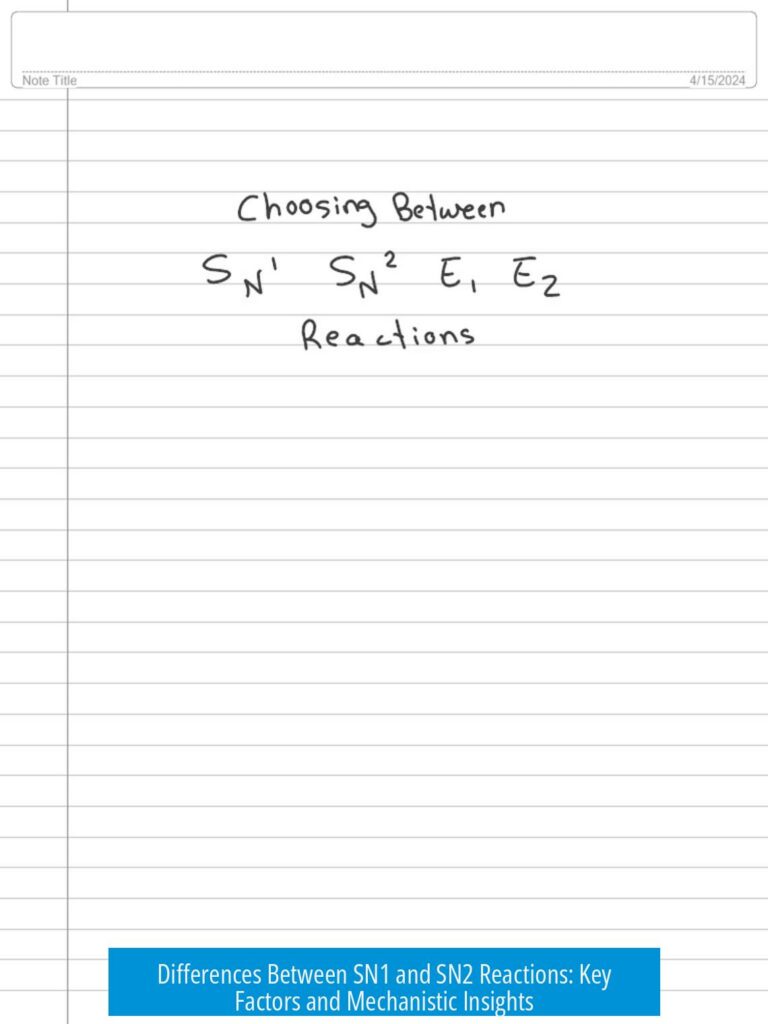If You Had to Choose: Gravity Filtration or Vacuum Filtration in the Laboratory
The choice between gravity filtration and vacuum filtration primarily depends on whether one needs to save the solvent or the solid during a filtration process. Gravity filtration favors saving the solvent, while vacuum filtration favors recovering the solid efficiently.
Gravity Filtration: Saving the Solvent
Gravity filtration involves letting the mixture pass through the filter paper by natural gravitational force. It is typically gentler and prevents disturbing the solid precipitate.
- Preferable when the solvent needs to be conserved for further use.
- Common in procedures where solids are minor contaminants or impurities.
- Requires simple equipment – funnel and filter paper.
Vacuum Filtration: Saving the Solid
Vacuum filtration uses suction to pull the liquid through a filter rapidly, thus collecting the solid on the filter paper efficiently.
- Ideal when recovering the solid product completely is crucial.
- Reduces filtration time significantly.
- Requires equipment such as a Buchner funnel, vacuum trap, and a vacuum source (house vac, aspirator, or pump).
Practical Considerations and Equipment Availability
When working outside sophisticated labs, for instance in a basement, limitations affect the choice of filtration. Decanting the bulk of the liquid before pressurizing filtration is a practical workaround.
Vacuum filtration equipment is relatively affordable. Simple vacuum traps can connect to water faucets to provide suction. Buchner funnels and aspirators, standard in most chemical labs, remain accessible and improve filtration efficiency.
Contextual Choice and Infrastructure Constraints
In developing regions or under-resourced institutions, access to advanced filtration setups may be limited. The absence of standard vacuum apparatus influences the routine use of gravity filtration despite its longer duration.
Improving laboratory infrastructure depends on institutional and governmental investment to allow adoption of modern apparatus, such as volume dispensers and vacuum filtration systems. These improvements simplify lab sessions, especially for undergraduates.
Key Takeaways
- Use gravity filtration when conserving solvent is priority.
- Use vacuum filtration to maximize solid recovery and speed.
- Vacuum filtration setups, including Buchner funnels and aspirators, are affordable and practical.
- Resource limitations often dictate filtration methods, especially in less-equipped labs.
- Governments and institutions play a key role in providing up-to-date lab equipment.





Leave a Comment